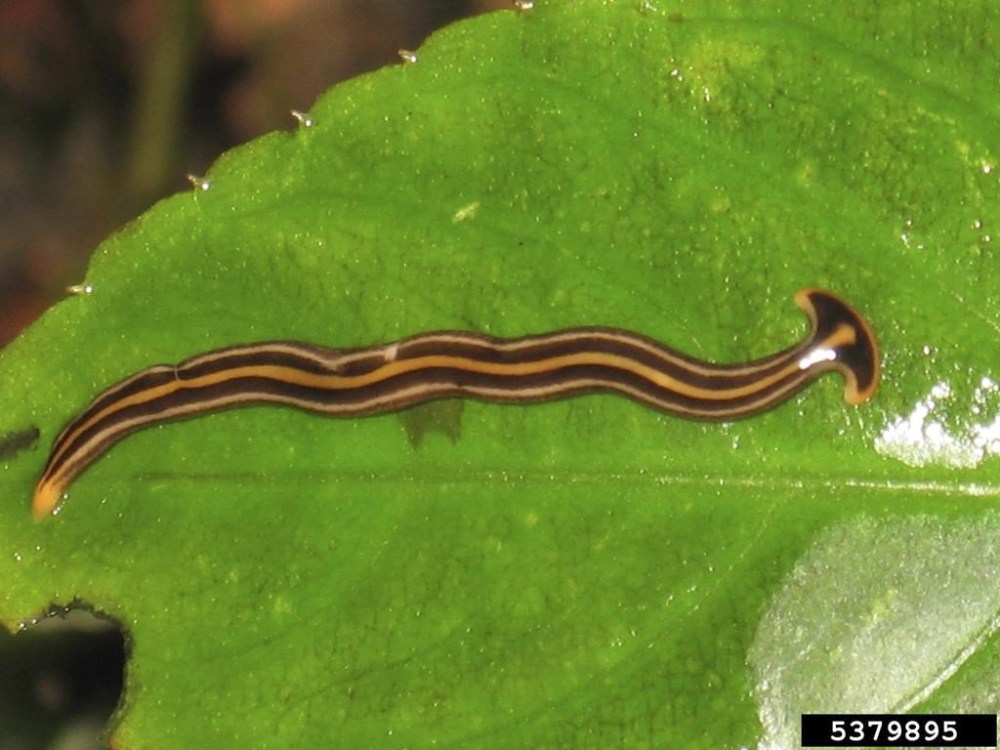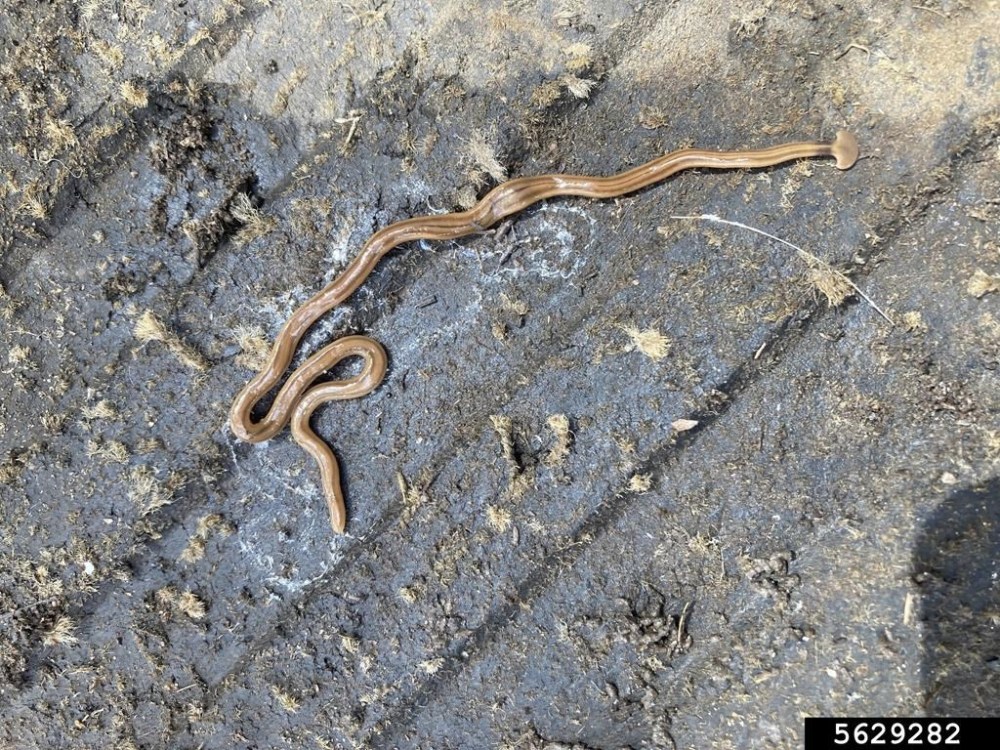Hammerheads (the garden variety) pose a threat to earthworms
Advertisement
Read this article for free:
or
Already have an account? Log in here »
To continue reading, please subscribe:
Monthly Digital Subscription
$0 for the first 4 weeks*
- Enjoy unlimited reading on winnipegfreepress.com
- Read the E-Edition, our digital replica newspaper
- Access News Break, our award-winning app
- Play interactive puzzles
*No charge for 4 weeks then price increases to the regular rate of $19.00 plus GST every four weeks. Offer available to new and qualified returning subscribers only. Cancel any time.
Monthly Digital Subscription
$4.75/week*
- Enjoy unlimited reading on winnipegfreepress.com
- Read the E-Edition, our digital replica newspaper
- Access News Break, our award-winning app
- Play interactive puzzles
*Billed as $19 plus GST every four weeks. Cancel any time.
To continue reading, please subscribe:
Add Free Press access to your Brandon Sun subscription for only an additional
$1 for the first 4 weeks*
*Your next subscription payment will increase by $1.00 and you will be charged $16.99 plus GST for four weeks. After four weeks, your payment will increase to $23.99 plus GST every four weeks.
Read unlimited articles for free today:
or
Already have an account? Log in here »
Hey there, time traveller!
This article was published 20/08/2024 (440 days ago), so information in it may no longer be current.
Earthworms, as we know, are garden champions, cleaning the soil by eating their weight in organic matter every day and aerating it as they wriggle around, creating tunnels to ease root growth. They also improve soil moisture, remove fungal spores and stimulate microbial activity, which benefits plant health.
But there’s another weird worm out there that’s toxic, deadly to our beloved earthworms and nearly impossible to kill: Allow me to introduce you to the hammerhead worm.
As its name would imply, the narrow, snakelike flatworm has a head built like that of a hammerhead shark. And it’s hardly a newcomer, believed to have hitched a ride to the U.S. from Southeast Asia with a shipment of plants around 1900.

Usually 2 to 3 inches in length with vertical stripes running the length of their bodies, the invertebrates can grow up to 15 inches long. And they’re a force to be reckoned with.
Although they are ravenous earthworm hunters, hammerheads are coated in the same paralytic neurotoxin present in pufferfish, which keeps birds and other insects from preying on them. This gives them a decisive advantage in the food chain.
That chemical coating is toxic to pets and would likely irritate your skin if you were to pick up a worm. To add insult to injury, their bodies contain parasitic nematodes, tiny roundworms that feed on plants and can parasitize humans, animals and beneficial insects.
As carnivorous cannibals, the worms eat snails, slugs and each other (no love lost there), as well as earthworms, the loss of which would pose a catastrophic threat to farms and gardens.
Hammerhead worms are hermaphroditic, so they reproduce without a mate. But that’s not the only way they multiply: Their favorite party trick is detaching a portion of their rear ends and leaving them on plants, where, within 10 days — presto, chango! – those little butts grow heads and become offspring. If you were to chop a hammerhead worm to bits, each would grow into a new hammerhead worm. Don’t do it.
The slithering pests love heat and humidity, so they initially made their homes in Alabama, California, Florida, Georgia, Louisiana, Mississippi, South Carolina and Texas. But greenhouses are also hot and humid, so the worms have been inadvertently transported on nursery plants to gardens in Arkansas, Illinois, Kentucky, Massachusetts, Michigan, Missouri, North Carolina, New Jersey, New York, Ohio, Oklahoma, Tennessee, Virginia and Washington, D.C. They’ve also been found in Hawaii and Ontario, Canada.
Preferring to hide under leaf litter, shrubs, rocks and logs, the worms can go largely unnoticed. But if you spot one, don’t squash or cut it (that would just make more). The only way to kill hammerhead worms is to pour salt or vinegar on them.

___
Jessica Damiano writes weekly gardening columns for the AP and publishes the award-winning Weekly Dirt Newsletter. You can sign up here for weekly gardening tips and advice.
___
For more AP gardening stories, go to https://apnews.com/hub/gardening.

